The transition happens in an instant. If all goes according to the plans being carefully refined this weekend, Leo Eric Varadkar will sit down with President Michael D Higgins on Wednesday afternoon at Áras an Uachtaráin.
They will both sign the warrant of appointment, and Varadkar will accept the taoiseach’s seal of office. At that moment he will become taoiseach. Not when he wins the Dáil vote: the Dáil nominates, but the President appoints.
Enda Kenny will resign his office the day before, but he will remain Taoiseach until Varadkar accepts the seal from the President and the legal powers and responsibilities of the office transfer to him.
Varadkar would hardly be human if he did not feel a little awestruck.
It is always an important moment for the country, and this time, with power so obviously passing to a new generation, it feels more important still.
When you're a minister you can hide a bit. But not when you're taoiseach
Varadkar’s youth, background and backstory have made headlines around the world. His elevation will be a remarkable event for modern Ireland.
But it is also the point at which life will change for ever for this precocious, self-possessed, able and ambitious 38-year-old.
The Irish have an intimate relationship with their political leaders. We are on first-name terms with them and expect a degree of informality from them, too.
But in reality the taoiseach is separate. The buck will stop with him. He will be responsible for everything the government does and for many things beyond his control. When you’re a minister you can hide a bit. But not when you’re taoiseach.
A few weeks ago Kenny presided at the launch of The Irish Times Nealon's Guide to the 32nd Dáil and 25th Seanad. In reflective, almost wistful mood, he told the audience that being taoiseach "takes up practically every waking hour of your day". "And I've also learned that people actually own you in a very different way than you might ever imagine."
The responsibility for Varadkar will be immediate. A senior official who explains the transition to The Irish Times is certain of the choreography of the day until the moment power is transferred. But what happens after that is less certain, he says.
Varadkar had not yet made his intentions clear, and from that point on that’s what matters. “From the moment he gets the seal of office it’s entirely up to him,” the official says.
An extremely powerful role
By international standards the office of taoiseach is very powerful, exerting a high degree of control over the politics and government of Ireland. Many of Varadkar’s colleagues on the European Council – the EU’s highest body, consisting of all its heads of government – are constitutionally much weaker than the Irish prime minister.
“He’s one of the most powerful prime ministers in the world within his own system,” says Eoin O’Malley, a political scientist at Dublin City University. “His control over cabinet, over the Dáil, over people’s careers – it’s an extremely powerful role.”
Prof David Farrell of University College Dublin agrees that “it’s among the most powerful of prime ministers by international standards”, and several people who have worked at the heart of government concur.
Ireland doesn't do a great deal of pomp. The seals of office are kept not in a golden safe but in a cardboard box in the Áras
“The taoiseach runs the cabinet, he runs the cabinet committees, he can stop or bring forward anything at cabinet. He can get things done,” a former senior civil servant says. “The taoiseach’s requests take priority throughout government.”
But any taoiseach's role is shaped by its political context. The minority status of the current Government, its inability to impose its will on the Dáil, and the confidence-and-supply agreement with Fianna Fáil will all constrain Leo Varadkar's power as taoiseach, just as they have frustrated Kenny in the past year.
Working around these constraints and making the machinery of government work according to his instructions and agenda will be one of the key political tasks facing the new taoiseach.
He will have to work out how to make the centre of government strong despite his parliamentary weakness. A key element of that tricky process will be figuring out how to work the levers of power in a way that achieves what he wants.
Government is like a complex machine: not an electronic one that you switch on and off but a great Victorian steam engine, with levers and pulleys and gauges and knobs that all have to be constantly adjusted – pressure applied here, fuel there – to make it travel in the desired direction.
Working that machine is the business of government. He will need to bring some engineers along. Apart from his cabinet selections, some of the most important personnel decisions Varadkar will make relate to his staff of advisers and officials. These are certain to include Brian Murphy, his special adviser, and Nick Miller, his press adviser.
What sort of taoiseach?
Varadkar will be the 13th person to hold the office of taoiseach – the 14th if you count WT Cosgrave, leader of Cumann na nGaedheal and, as president of the executive council, the first leader of an independent Irish government.
Cosgrave led that government from 1922 until the dramatic, but peaceful, transition of power to Éamon de Valera and Fianna Fáil, in 1932. That transition was probably Ireland’s first test as a functioning democracy. If the ability of the voters to sack their leaders is the test of whether they live in a democracy, the peaceful transition of power is the test of whether their leaders agree.
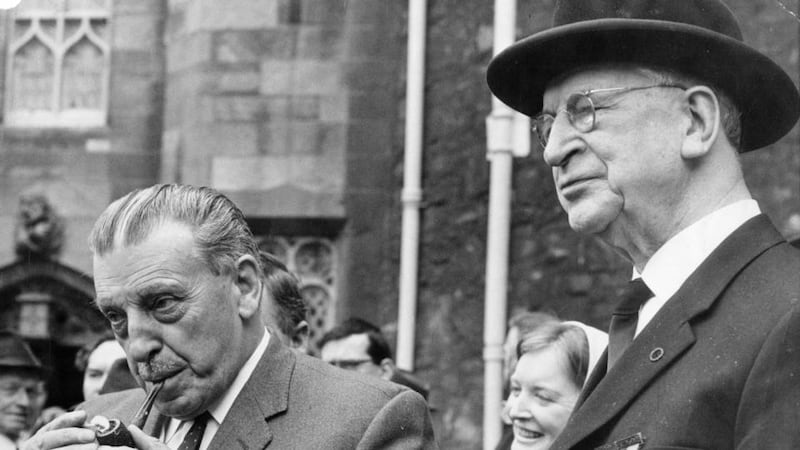
De Valera in turn passed on his office, having transformed it into the role of taoiseach we are familiar with today, to John A Costello, before winning it back, losing it, winning it back again and, finally, passing it on again to one of his own, Seán Lemass.
Lemass passed it to Jack Lynch, who ceded it to Cosgrave's son Liam, who swapped it back again. Lynch bowed to the irresistible Charles Haughey, who alternated twice with Garret FitzGerald before being taken out himself by Albert Reynolds.
Reynolds lost it to John Bruton, of Fine Gael, who lost it to Bertie Ahern, of Fianna Fáil, who lost it to nobody but stepped down when he could stay no longer, 11 years later.
Bertie's successor was Brian Cowen, whose ill-starred premiership lasted less than three bitter years.
When the 30th Dáil met, on March 9th, 2011, there was only one nominee for taoiseach: Enda Kenny. That chapter closes next week, and a new one will begin.
Each holder of the office has been different. Cosgrave and de Valera were on different sides of the revolutionary generation; Lemass was of the same generation but a revolutionary of a different kind when he came to office, late in life but bursting with impatient ideas.
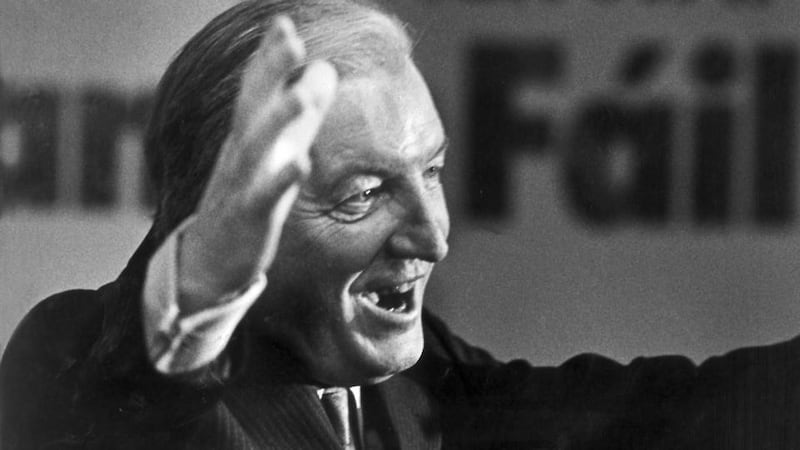
Lynch was straightforward and steely. FitzGerald was a moderniser but impatient and timorous in confusing, contradictory measure. Haughey was impelled by some strange, unquenchable driving force towards power. Both of these sought to bend the times by the force of their political will.
Reynolds was a gambler, Bruton the opposite. Ahern was watchful, strategic and calculating – an extraordinary politician masquerading as an ordinary Joe. Cowen was tragic. Kenny was irrepressible, sometimes uncomprehending, often underestimated.
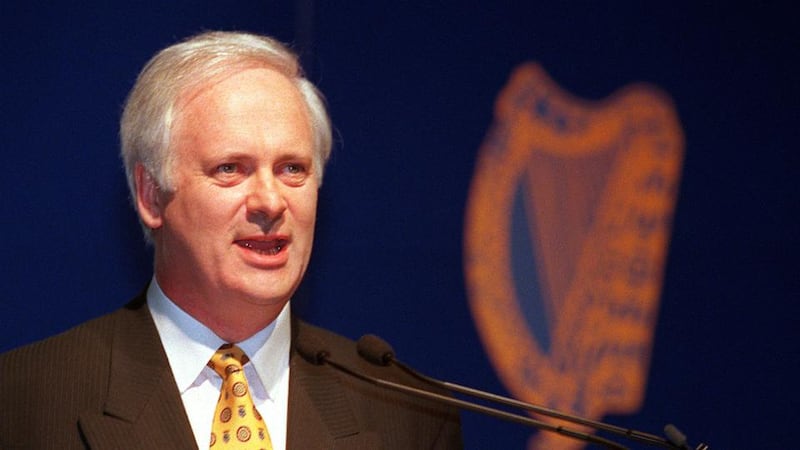
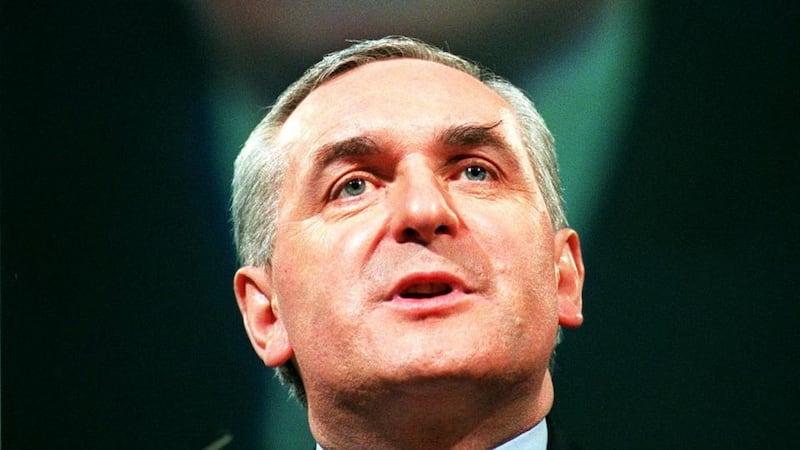
Each of these leader’s personalities infected his style of government. Reynolds, the one-page man, was a quick and instinctive decision-maker. Ahern would sweat for hours over briefing papers, turning over and over in his mind potential courses of action, their pitfalls and consequences.
Haughey was sharp and imperious, expecting his instructions to be followed quickly and to the letter.
FitzGerald conducted cabinet meetings that went on for hours, desperately seeking consensus.
Varadkar might have least in common with his immediate predecessor, but he would do well to emulate Enda Kenny's even temperament
What sort of taoiseach will Leo Varadkar be? A Lemass, whom he often cites as an example and an inspiration? It remains to be seen. Of all the previous leaders, Varadkar might have least in common with his immediate predecessor, but he would do well to emulate Kenny’s even temperament.
In its range and responsibility, being taoiseach is unlike any other job in the country. People who say anyone could do it don’t know what they’re talking about.
The job all but crushed Cowen, a clever, able and patriotic man. Gordon Brown was unable to be an effective prime minister in the UK even after a decade, as chancellor of the exchequer, coveting and plotting for the job.
Nobody becomes taoiseach by accident. They audition for years, some for decades. But you never know if they can do it until they take over. Perhaps they don’t even know themselves.
‘It’s a very busy day, really’
Enda Kenny’s departure will be the business of Tuesday. Wednesday will be Varadkar’s day.
The Dáil will sit at 11am, when he will be nominated and seconded by his colleagues. The debate on the motion nominating him will take two hours, followed by a walk-through vote, scheduled to take take 22 minutes. Barring mishaps – not unknown – he will have the numbers, whereupon the Dáil will adjourn for four hours.
Varadkar will leave Leinster House with a Garda escort and travel through the city to the Phoenix Park.
The President will be waiting, and, shepherded by their senior officials, the two men will perform the ceremonial niceties that make Varadkar his country’s leader from that moment.
Ireland doesn’t do a great deal of pomp. The seals of office are kept not in a golden safe but in a cardboard box in the Áras. They are brought out for the photographs, then taken back.
Occasionally a minister wanders off with one, and it has to be retrieved. They all have another anyway, in their department. But the rituals have an important function: to separate the person from the office.
Afterwards, President and taoiseach retire for a private chat over a cup of tea. The President will expect the taoiseach to brief him semi-regularly on the work of government. But Varadkar will not linger too long; there is work to do.
“It’s a very busy day, really,” says the former taoiseach John Bruton. “To be honest, you don’t have much time for thinking how momentous it is.”
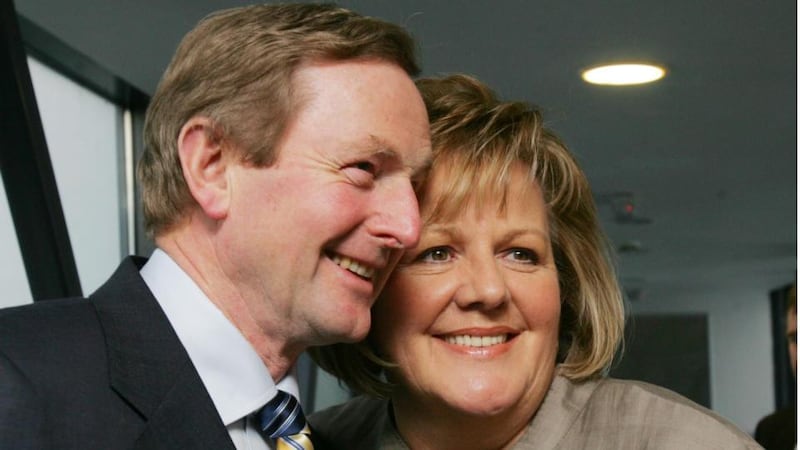
Varadkar will return to the city centre, not to Leinster House but to the Department of the Taoiseach, on Merrion Street, where what was previously Enda Kenny’s office will have been emptied of his personal belongings.
His officials will begin telephoning the members of his new cabinet and asking them to make their way to his office; they may be corralled in the Sycamore Room while they wait their turn, waiting on the word of the man who is now their leader.
Other calls will also have to be made, to the legions of the disappointed. This will be Varadkar’s first taste of the part of the job that every taoiseach hates.
By about teatime the new government will have been selected. Varadkar will lead his ministers into the Dáil chamber, where a long and tedious debate, traversing more or less the same ground as the earlier debate on his nomination, will follow for about three hours.
Another vote to confirm the assent of the Dáil, and the new ministers will travel to the Áras to receive their seals of office from the President. Varadkar will then chair the new government’s first meeting, in the state dining room of Áras an Uachtaráin.
He will have 24-hour Garda protection from armed detectives, and uniformed gardaí will be stationed outside his home
The day’s business done, Varadkar will return to his apartment in Castleknock. But things will be obviously different. He will have 24-hour Garda protection from armed detectives, and uniformed gardaí will be stationed outside his home.
“All that was a huge change,” Bruton says.
In recent days he will have received briefings on national security but also on his own security: personal, communications, information technology and so on. Any threats to him will be treated seriously.
The days when he could disappear and be left to his own devices are over. Until his successor takes possession of the seal and sups tea with the President, Leo Eric Varadkar will never not be taoiseach.















